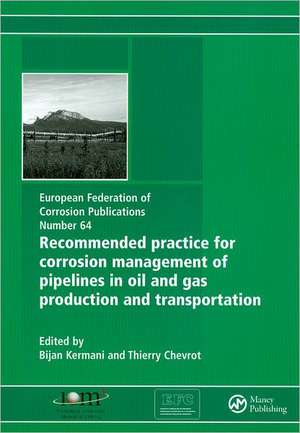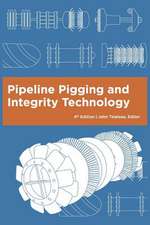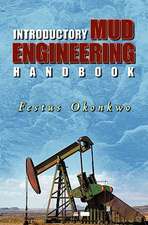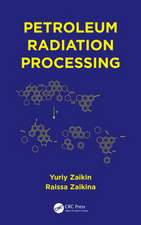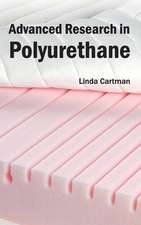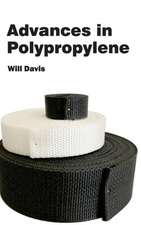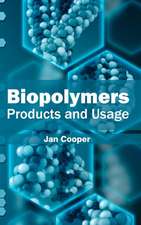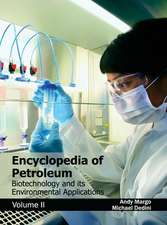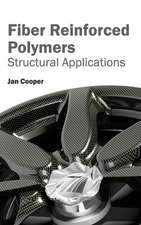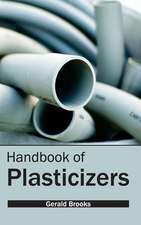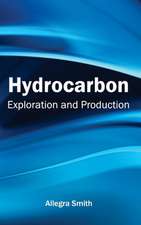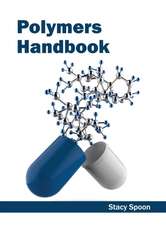Recommended Practice for Corrosion Management of Pipelines in Oil & Gas Production and Transportation
Autor Bijan Kermanien Limba Engleză Paperback – 29 feb 2012
Preț: 470.33 lei
Preț vechi: 640.95 lei
-27% Nou
Puncte Express: 705
Preț estimativ în valută:
89.99€ • 94.47$ • 74.70£
89.99€ • 94.47$ • 74.70£
Carte tipărită la comandă
Livrare economică 10-24 aprilie
Preluare comenzi: 021 569.72.76
Specificații
ISBN-13: 9781907975332
ISBN-10: 1907975330
Pagini: 122
Dimensiuni: 174 x 246 x 8 mm
Greutate: 0.26 kg
Ediția:1
Editura: CRC Press
Colecția CRC Press
ISBN-10: 1907975330
Pagini: 122
Dimensiuni: 174 x 246 x 8 mm
Greutate: 0.26 kg
Ediția:1
Editura: CRC Press
Colecția CRC Press
Cuprins
Series Introduction Volumes in the EFC series 1 Introduction 2 Pipeline register and description 3 Corrosion assessment 4 Corrosion mitigation 5 Corrosion monitoring and data management 6 Inspection 7 Review and feedback 8 Change of duty and implementation of change
Notă biografică
Bijan Kermani, Thierry Chevrot.
Descriere
This monograph is the definitive survey of iron tools and other fittings in use during the period c1066 to 1540AD. Exceptional in a north-western European context for its range and coverage of artefacts from both rural and urban excavations, much of the material described here was recovered during 'rescue' projects in the 1960s and 1970s funded by the State through the Ministry of Public Works and Buildings and their successors. The text contains almost everything necessary to identify, date and understand medieval iron objects. In scope and detail there is still no published parallel and, as such, it will be essential for almost any archaeologist working in later medieval archaeology, particularly in the fields of excavation, finds study, museums and research.
